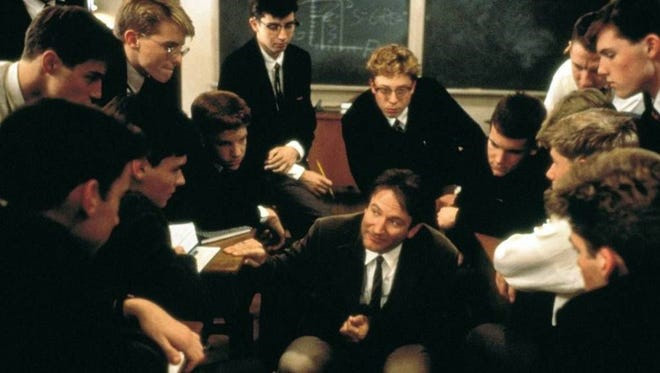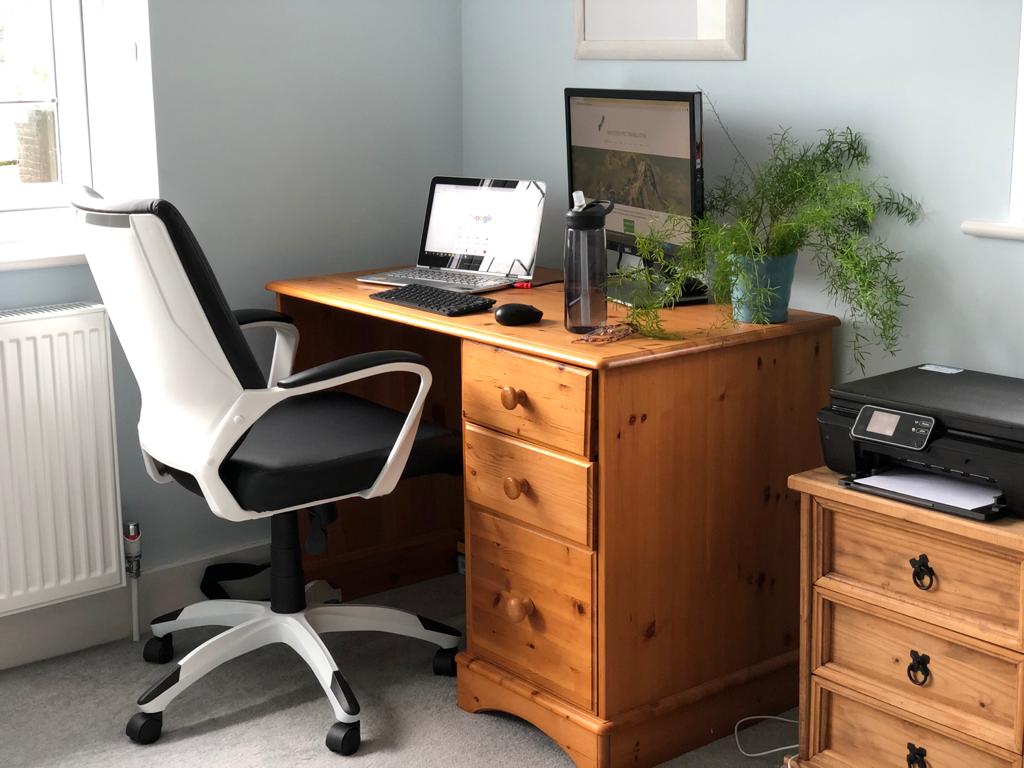In a world where the rights of nonbinary and genderqueer people are often under threat, I have been reflecting on some of the oddities of western European languages which appear to have gender at their grammatical core.
Gender and gendered language is instilled in us early on. As a school pupil learning the basics of French grammar, it didn’t strike me as odd (though it since has) that the verb tables so rigorously drilled into me - je suis, tu es, il est, elle est - did not include an option for those who identify as neither male nor female.
I may have experienced a moment of surprise on learning, at eleven years old, that according to the language objects had a gender too. I’ve often wondered since who actually decided that the bottle from which wine is drunk is feminine but that the glass is masculine. What is even odder about some languages is that, in the animal kingdom, a creature may take a feminine definite article regardless of its biological sex. Thus, in Italian, a fox takes a feminine definite article, la volpe*. Italian horses, on the other hand, are apparently all males. Then we have the reflexive verbs, and the adjectives; for example, again in French, one is either “content” or “contente”, depending on one’s gender, and cannot simply be “happy”.
The German language has a third gender: neuter. The masculine definite article (“the”), for example, is der, the feminine is die, and the neuter form is das. But the language still appears to have strict and complicated rules about how objects are assigned their genders; the neuter form has little to do with distancing the language from gendered connotations. However, in German, the pronoun “xier” has now been introduced and is gaining traction, equivalent to the English “they”.
As an aside, several French words are feminine because, coming from Latin and being neuter plural, they ended in "a". Lexicographers mistook them for feminine plural!
Non-gendered pronouns
Many English-speaking nonbinary people use the pronoun “they”, with “their” or “theirs” as the appropriate possessive pronouns. While this can, on occasion, create some confusion if your listener believes you are talking about more than one person, it is a useful pronoun as it is neutral, unlike in other languages where even groups of people are referred to by their gender (in Spanish, ellos or ellas; in French, ils or elles; in Italian, essi or esse).
“They” is also a helpful pronoun if you don’t know who the person referred to is. “Someone has been in my office and left their diary behind. They must have been in a hurry.” Moreover, in academic or scientific writing, using the word “they” can prevent repeatedly having to write “he/she”, and is more inclusive.
You may believe that the use of the word “they” as a singular pronoun is a very recent thing.
Wrong.
According to the Oxford English dictionary, this idea began as early as the fourteenth century. A number of websites, including Teaching Outside The Binary and Academic Writing Success, refer to the medieval poem William and the Werewolf, in which the word “they” is used to refer to an unnamed person. This piece of literature is the oldest usage of the singular “they” discovered so far, but since the written word was hardly common before that, it is likely that it was in parlance long before. More recently, but still not that recently, the authors Dickens, Austen and Fitzgerald are all known to have used “they” in their writing as a singular pronoun.
In 1750, the author Anne Fisher published a book, “A New Grammar” in which she declared that “he” should be used to cover both masculine and feminine pronouns, with “his” as the universal possessive. Sadly, one still hears echoes of this to a certain extent. I translate pharmaceutical and medical documents. All too often I read a sentence in the source language that translates “if symptoms persist, it is important to inform your doctor and seek his opinion”. The absurdity of this needs no explanation.
Unsympathetic resistance
In what should be a more optimistic development, but one that is sadly proving controversial, the French have come up with the helpful word “iel”, a contraction of “il/elle”, which is pronounced “eeyell”, and is now included in the well-respected French dictionary Le Robert. In such a binary language, this is a big step, but one that has predictably kicked off arguments. In 2021 François Jolivet of the French National Assembly wrote, “Le Petit Robert, dictionnaire que l’on pensait être une référence, vient d’intégrer sur son site les mots “iel, ielle, iels, ielles”. Ses auteurs sont donc les militants d’une cause qui n’a rien de Français: le wokisme.” [Le Petit Robert, a dictionary we thought of as a reference text, has recently included the words “iel, ielle, iels, ielles” on its site. Its authors are therefore militants of a cause that has nothing to do with French: wokism.”] This viewpoint was supported by the former Minister of National Education and Youth of France, Jean-Michel Blanquer, who denounces “inclusiveness” in the French language.
This stuffy, unsympathetic resistance to progressive ideas brings us to what, in fact, there is to be learned from all this. The suggestion here that “inclusiveness” and “wokeness” (defined by the Cambridge dictionary as “a state of being aware, especially of social problems such as racism and inequality”) must be seen as negative concepts is deeply worrying. It implies that we should be less tolerant of others, exclude those not in the mainstream, and those who do not fall into traditional, familiar categories, or worse still make them conform. And this backlash against efforts to promote inclusive language is not confined to France; it is found across the world.
What matters here is not so much the words, the grammar, the context, as the willingness to respond to a completely reasonable request from an individual that may help them feel more accepted. These new (and not-so-new) words, be they pronouns, adjectives, or verbs, may take some effort to get used to. But this is nothing new - languages are constantly adapting - and isn’t it time we all recognised the realities of gender and the importance of respecting identity?










 RSS Feed
RSS Feed